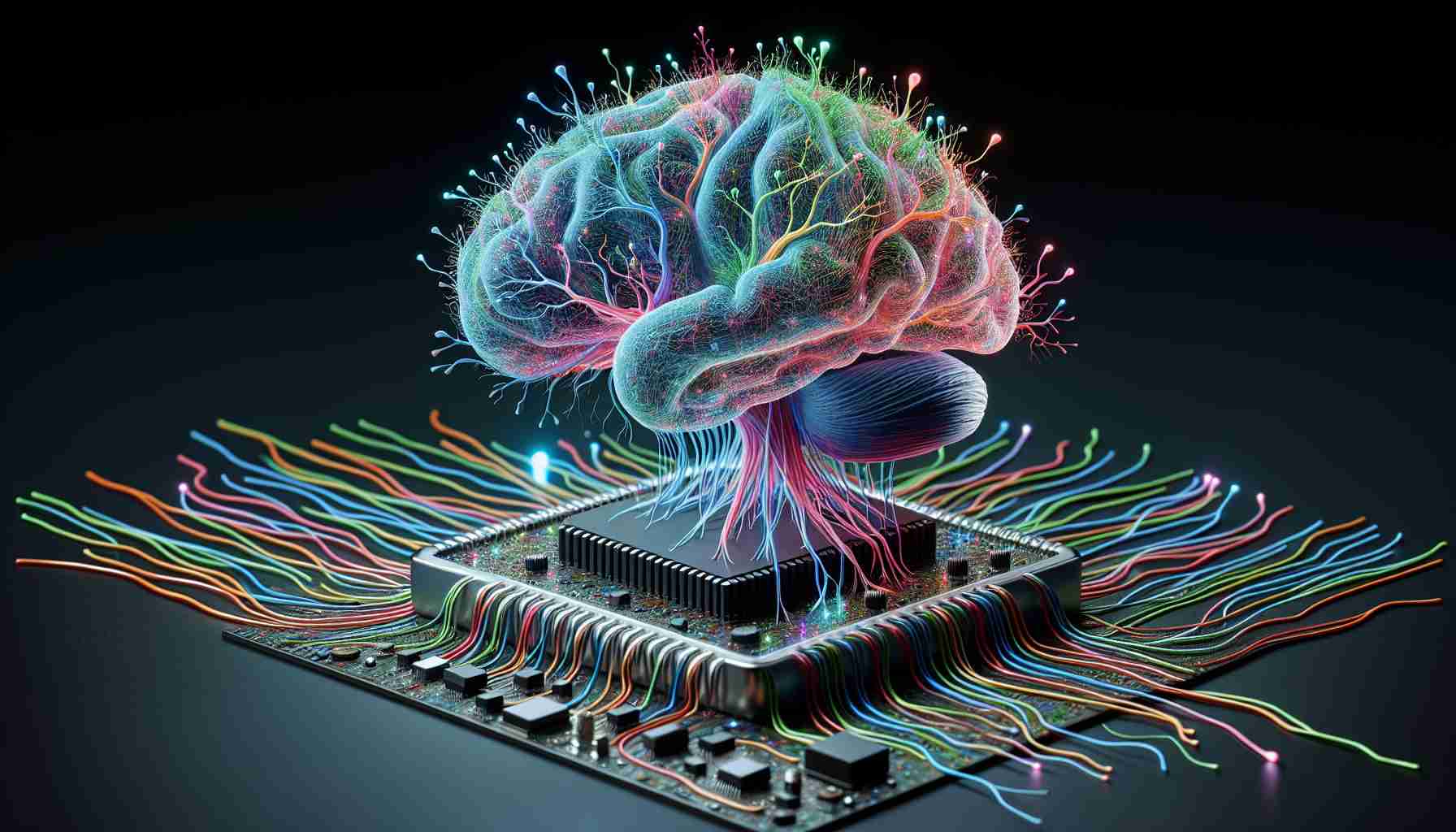- Researchers have successfully fused brain-like tissue with electronics to create a ‘organoid neural network.’
- This breakthrough represents a big step forward in neuromorphic computing by directly embedding brain tissue into computer systems.
Brain Tissues in Computers
- Scientists from Indiana University, the University of Cincinnati, Cincinnati Children’s Hospital Medical Centre, and the University of Florida collaborated to achieve a breakthrough in brain tissue technology for computers.
- Publication: The study, published on December 11, represents the convergence of tissue engineering, electrophysiology, and neural computation, broadening the scope of scientific and engineering disciplines.
Context of artificial intelligence (AI)
- AI’s foundation: AI is built on artificial neural networks, which are silicon-based representations of the human brain that can analyse large datasets.
- Memory and Processing Separation: Traditional AI hardware divides memory and processing units, resulting in inefficiencies when transmitting data between them.
Introducing Biological Neural Networks.
- Biocomputing Emergence: Scientists are investigating biological neural networks made up of live brain cells as an alternative. These networks can handle both memory and data processing.
- Energy Efficient: Brain cells store memory and process data without physically separating them.
Organoid Neural Network
- Brain organoids, three-dimensional collections of brain cells, were used to form a ‘organoid neural network.’
- Human pluripotent stem cells were differentiated into a variety of brain cells, including neuron progenitor cells, early-stage neurons, mature neurons, and astrocytes.
- The network was integrated into a reservoir computer, which included input, reservoir, and output layers.
Brainoware’s Capabilities
- Brainoware can anticipate complex mathematical functions, like the Henon map.
- Voice Recognition: The system correctly identified Japanese vowels voiced by participants with a 78% accuracy rate.
- Efficiency: Brainoware demonstrated equivalent accuracy to artificial neural networks while requiring minimal training.
Promising insights and limitations
- Foundational insights: The work sheds light on learning mechanisms, brain development, and cognitive aspects of neurodegenerative illnesses.
- Challenges: Brainware requires technical competence and infrastructure. Organoids have diverse cell populations and must be optimised for homogeneity.
- Ethical considerations: The merging of organoids and AI poses ethical problems concerning consciousness and dignity.
Future studies
- It could focus on enhancing input encoding methods and ensuring homogeneity in organoids for longer tests.
- Complex Computing Problems: Researchers want to tackle more difficult computing tasks.
- Ethical Discourse: The argument over organoid awareness and dignity will continue to progress.
Source: https://www.thehindu.com/sci-tech/science/brain-organoid-computer-brainoware-neuromorphic-explained/article67692933.ece

